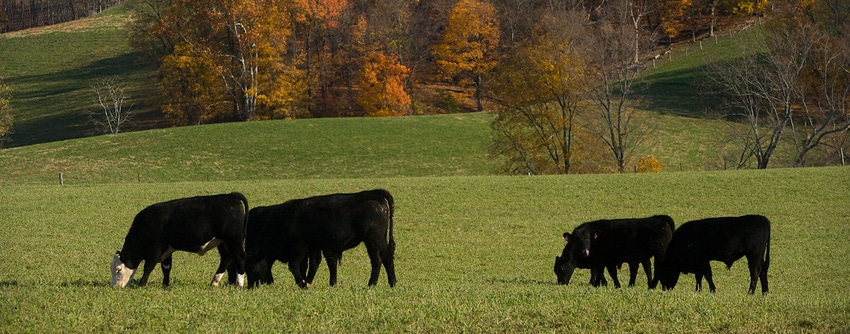
This is an excerpt from my book, The Green Revolution Delusion, in which one of the characters explains to another the value of biodiversity and its relation to resource use and conservation.
"I was with you pretty well until you started talking about full utilization and under-utilization of resources. I thought that we should conserve resources rather than fully utilize them."
"OK, good point that I need to explain.
"We have done a good job of teaching people to be less wasteful of resources, but have done a poor job of educating them about how good resource management works in the real world. There is a vast difference between utilizing resources in a regenerative and cyclic manner and in consuming or destroying resources.
"When I speak of full utilization of resources, I am speaking of the natural resources within the ecological system -- the sunlight, the water, the mineral nutrients, the space, the vegetation and the animal life. With these resources, it is a "use it or lose it" situation. All of these resources, if not made part of the living system, are lost to the local ecology; water that runs off, mineral nutrients leached away, sunlight that falls on dead plants, and space occupied by bare ground are all wasted.
"When these things are fully but not over-utilized, the system becomes healthier and more productive of life. In a healthy system, mineral nutrients cycle through the life forms present. The waste products and dead material of one species becomes the food source of other species in a never ending cycle of birth – growth – death – decay and birth.
"It is only when minerals leave the system through soil erosion or crops hauled away that shortages occur.
"When sunlight falls on growing plants rather than on bare soil, more energy is captured for the system. When moisture falls on ground covered with plant material alive or dead, it soaks into the earth and is available to grow plants rather than running off the land and down the creek. When grass is pruned by grazing animals and then given time to recover, the vegetation is invigorated rather than growing so tall as to shade out its' own growing points and reduce the rate of growth. When the living roots of a wide variety of plants are present, soil microbes are fed a broad range of plant root exudates and their numbers flourish with a great deal of diversity; this healthy microbial population limits the growth of pathogens and insect pests in the soil.
"Nature always strives for balance -- meaning balance within the plant and animal kingdoms and balance between the two kingdoms. The animal kingdom is healthy only when the numbers of both predators and prey animals are in balance. These predator-prey relationships include not only wolves and caribou or lions and antelope, but multitudes of relationships down to protozoa and bacteria. The health of the prey population depends on predators as much as the health of the predator populations depend on the prey animals.
"The plant kingdom is healthy when the types of plants and the numbers of each type suit the climate, the soils and all of the other factors that make a local environment unique. If you like, I can furnish you with some reading material that delves much deeper into how the natural world functions."
About the Author(s)
You May Also Like




